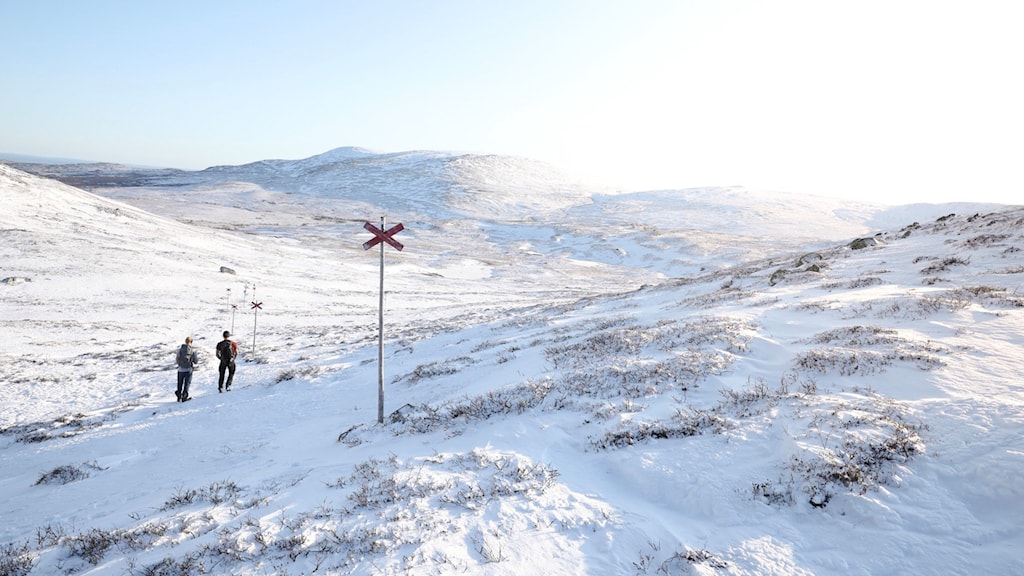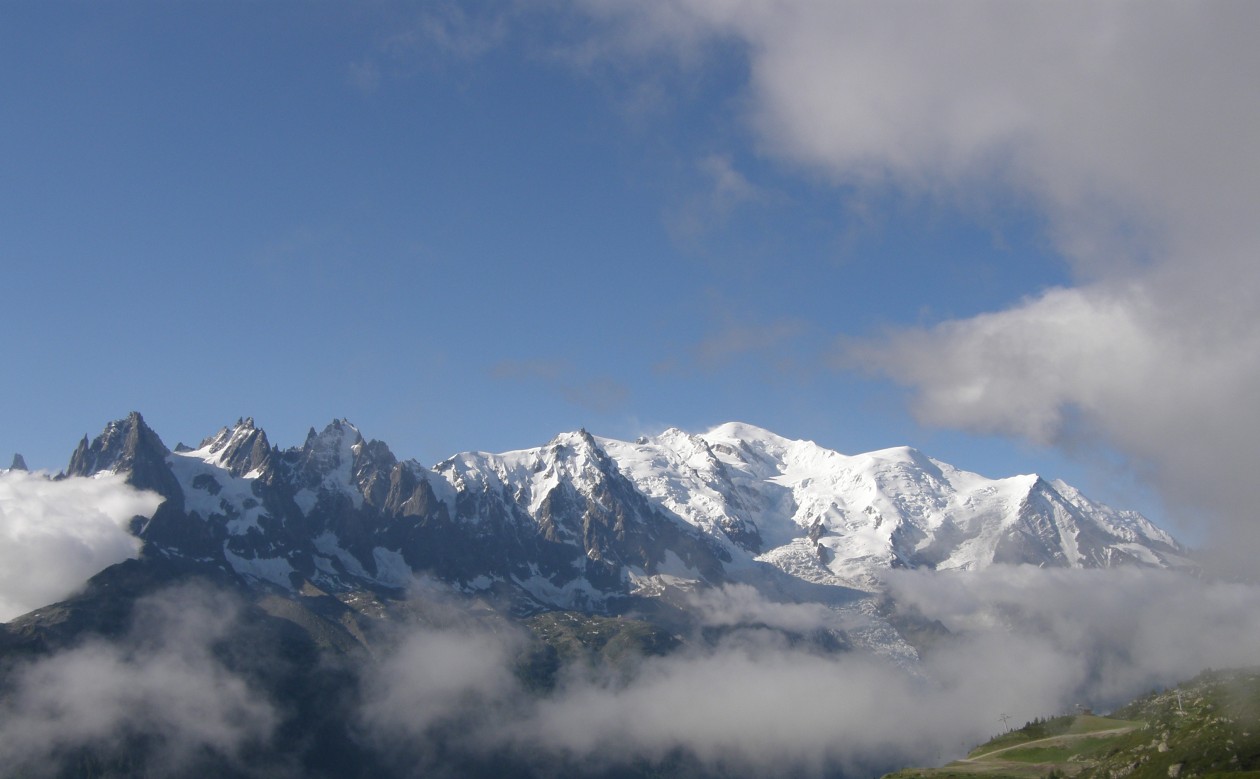 22 days of blogging, and today it will be about avalanches and stoves.
22 days of blogging, and today it will be about avalanches and stoves. This week a big avalanche was triggered in Bydalen. It is unusual that avalanches is triggered so early in the season. The frost in the ground has not been so deep, which means it can happen. The best way of avoiding avalanches will be to be off areas when the risk of avalanches is high. Therefore it is very important to have the knowledge of the area.
This week a big avalanche was triggered in Bydalen. It is unusual that avalanches is triggered so early in the season. The frost in the ground has not been so deep, which means it can happen. The best way of avoiding avalanches will be to be off areas when the risk of avalanches is high. Therefore it is very important to have the knowledge of the area.
Today we will reach out the question -does gas stove work at high altitude? Do canister gas work at high altitude? There’s this sort of myth running around out there that somehow operating a canister gas stove at high elevation isn’t going to work very well. Maybe, or so the story goes, you need to use white gasoline (or something) at higher elevations. This is a persistent myth that has been passed on, hiker to hiker, for years. And it’s just exactly that: A myth.
The myth got its start back in the early 1970’s when canister gas stoves started seeing more wide spread use. The fuel used back then was 100% n-butane. N-butane is a lousy fuel for cold weather. Backpackers at high elevations encountered something that caused their canister gas stoves to work poorly: Cold. And thus the myth was born. The myth is kind of fact based. Kind of. I mean gas stoves were genuinely not working well at high elevation – but the elevation itself was not the problem. The problem was actually the cold, and the problem would have been just as bad or worse at sea level. Thus, a misinterpretation of real events lead to the myth. The real problem was cold, but people wrongly concluded that high elevation was to blame. When multiple gasses are mixed together, they form a blend that has far better cold weather performance. You still need to consider cold weather, but it’s no where near the issue that it once was – and cold weather can impact a gas stove irrespective of elevation. n-butane -0,5 Isobutane -12 and Propane -42.
But what is important is efficiency…So, what are the ”best practices” for fuel efficiency? Here’s one list. Items are listed in general order of importance, the most important being listed first. 1. Pick a sheltered spot. On top of a rock or picnic table might be convenient, but it’s going to be windier up there. Set up your stove on the ground behind a rock or log. On a windy day, this is absolutely the most important thing to address in terms of efficiency, far more. important than how you actually run the stove itself. 2. Turn it down. High heat = inefficient. This is the number one mistake of new stove users – they open the valve 100% (i.e. maximum), which is the absolute last thing that you want to do if you want to be efficient. Running your stove at say 30% of max will be far more efficient. Lower heat = more efficient. Of course it’s going to take a bit longer when you turn down the heat. Here’s where you’ll want to experiment. You need to find the balance between speed and efficiency that works for you. 3. Use a windscreen. Yes, even on an upright type canister stove (like a Pocket Rocket), just not a full 360 degree windscreen. If you use a (partial!) windscreen with an upright canister stove, be careful to check the canister frequently with your hand. If it feels so hot that you can’t leave your hand resting on the canister, take immediate steps to cool things down. See Canister Stoves and Wind before you use a windscreen on a canister stove.
In general windscreens add to efficiency in two ways. They a) prevent wind from blowing away the heat and b) focus the heat on the pot. Because a windscreen focuses heat, it’s always good to use a windscreen even on a day where it isn’t particularly windy. 4. Use a heat exchanger pot. A heat exchanger pot (e.g. MSR Reactor, Jetboil Flash, Primus Eta Express, etc) can save a lot of fuel. Now, you will save fuel with a heat exchanger , but usually the heat exchanger weighs more than the weight of the fuel you save. In other words, using a heat exchanger is often heavier overall. However, if on a trip you prevent having to carry a larger or second canister, a heat exchanger can actually save you weight.
4. Use a heat exchanger pot. A heat exchanger pot (e.g. MSR Reactor, Jetboil Flash, Primus Eta Express, etc) can save a lot of fuel. Now, you will save fuel with a heat exchanger , but usually the heat exchanger weighs more than the weight of the fuel you save. In other words, using a heat exchanger is often heavier overall. However, if on a trip you prevent having to carry a larger or second canister, a heat exchanger can actually save you weight.
The Raveonettes – The Christmas Song (youtube.com)
See ya tomorrow…

Good tips Bergman.
Some people recomend to put the canister in hot water, but then you need to heat the water fomirst which needs energy and fuel.
What about turnkng it upside down if you have a walve attached to it?